Talking Heads
I’ve noticed a recent surge of interest in ‘80s culture with a return to the fashion and particularly the music of the time. Clubs are having ‘80s nights, and many cafes around the city are playing the defining bands of the most animated and colorful decade of the 20th century. This ultimately means a revisit to new wave music and its history, which is important not just because it’s my favorite genre of music, but also because it laid the groundwork for contemporary pop music.
New wave has its roots in punk. Some consider it to be the same genre as post-punk; others contend that punk branched out into either new wave or post-punk, and some people argue that post-punk is not a genre at all but a way for critics to categorize bands that don’t fit into the criteria of punk. My point is, definitions regarding music genres are highly subjective, and it is often impossible to effectively assign one genre to a certain sound. Bands like Blondie or Talking Heads are considered by some to be punk, by others to be new wave or post-punk. For the sake of avoiding confusion, I will first focus on the distinction between punk and new wave, then the distinction between new wave and post-punk.
A Brief Look into Punk
Punk emerged out of a rejection of mainstream ‘70s rock; “No Elvis, Beatles or the Rolling Stones in 1977” declares The Clash frontman Joe Strummer in “1977”, a fitting slogan for the genre. First described as garage rock and influenced by glam rock from the ‘60s, punk is characterized by stripped, back-to-basics instrumentation and lively, fast-paced songs. Think “I Wanna Be Your Boyfriend” by the Ramones, or “God Save the Queen” by the Sex Pistols.
These two bands are indeed the two defining bands of early punk. The Ramones pioneered American punk while the Sex Pistols dominated the scene across the pond. American punk is distinct from British punk in that British punk had more political and rebellious roots, but such aspects soon became foundational for punk no matter the country of origin. An overarching theme of anti-establishment sentiment in lyricism became the key feature of any punk song. It all stemmed from an opposition towards the commodification of culture, rejecting the elitism surrounding stadium rock and the need for technical skill in a musician. The whole genre can be summarized as a “raw sound, fueled in part by an anarchic reading of 1960s garage rock and in part by a subversive political bent fashioned out of art school experimentation”[(1)].
Divergence from Punk: The Birth of New Wave
While punk was a full-blown sensation across the UK, it remained underground in the US because of its unorthodox messages. It was seen as too confrontational and therefore unmarketable for American mainstream radio. Instead, broadcast media shifted its focus onto more acceptable new wave artists.
New wave was born out of a response to punk and came to dominate the late ‘70s and the ‘80s. New wave artists believed punk should be subjected to constant change, saying “radical content demands radical form”[(2)]. Not only did new wave reject the abundance of mainstream rockstars like punk did, but it also renewed and modernized punk. Lyrics from the song “Rip It Up” by Orange Juice, one of the earlier new wave bands, have been used to describe the aim of new wave: “rip it up and start again”.
Some see new wave as the result of punk’s “cleansing” of pop music in the late ‘70s, which was mainly rock & roll and disco, while others argue that it was the next big genre after “the death of punk”. However, punk was still alive in the late ‘90s and early ‘00s with bands like Green Day and Blink-182, so what’s more accurate to say is that while punk took a dip in the ‘80s, new wave was on the rise.
The Sound of New Wave
Both punk and new wave were rebellious and wanted to distinguish themselves and stand out, but that’s about all the similarities they have. While punk aimed to return to a simpler, purer rock sound, new wave incorporated elements of other genres like disco and electronic into rock music with bands like Depeche Mode (“Just Can’t Get Enough”), Tears for Fears (“Everybody Wants to Rule the World”) and Siouxsie and the Banshees (“Cities in Dust”).
A dance beat was integral to new wave; it drew from a direct, bustling energy contained within rock that had been lost in the ‘70s. To counter the contemplative and arduous tempos of Led Zeppelin and Pink Floyd, new wave offered the cheery and bouncy beats of The Cure (“Boys Don’t Cry”) and New Order (“Bizarre Love Triangle”).
In terms of lyricism, new wave stayed true to punk with many songs concerned with feelings of alienation, repression and anti-establishment attitudes. However, new wave is seen as more complex not only in its musical production but also in its lyrical content, thus endorsing the view that new wave is more or less Punk 2.0.
The Look of New Wave
New wave artists were also known for their eccentric sense of fashion. Much of ‘80s fashion as we know it stems from new wave’s combining of punk fashion with more flashy and unconventional looks.
Punk fashion, much like punk music, was simplistic and bare. While bands like Led Zeppelin and the Rolling Stones donned elaborate costumes for the stadium performances, punk bands opted for simple black Levi’s, T-shirts and leather jackets.
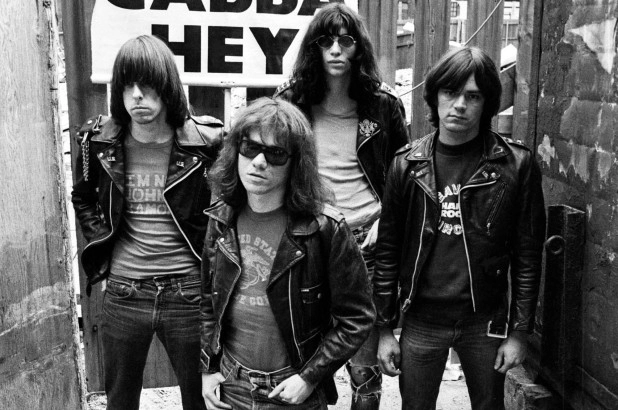
New wave added an avant-garde twist to this aspect of punk fashion. For women, this meant mismatched, colorful tops with fishnets and lace, as well as statement jewelry.
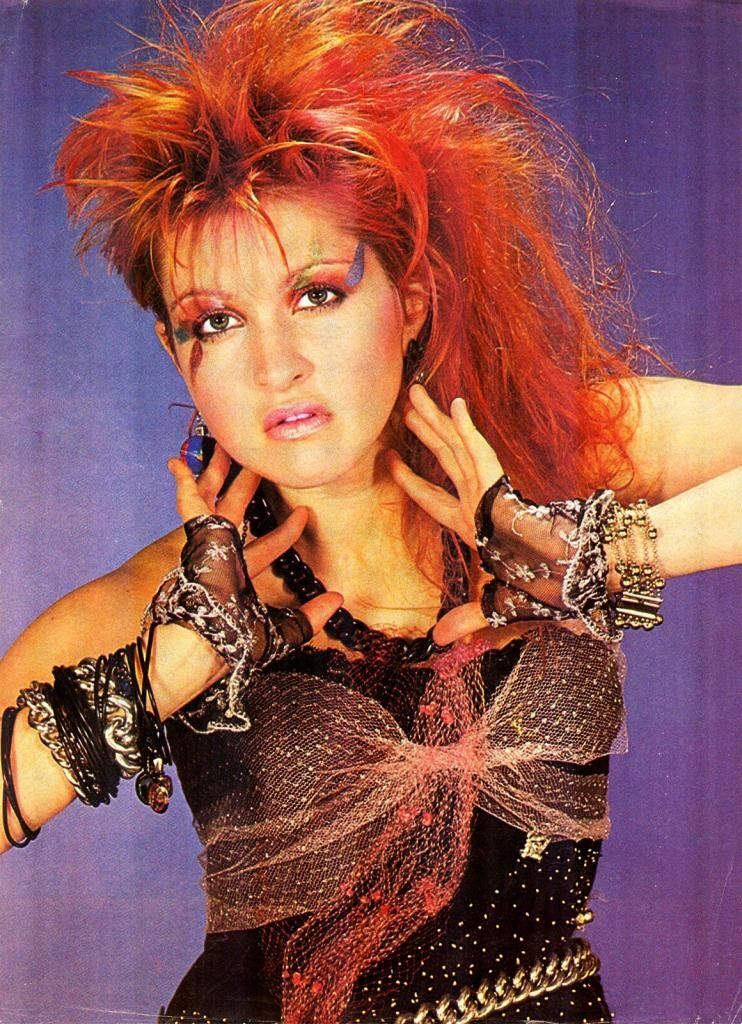
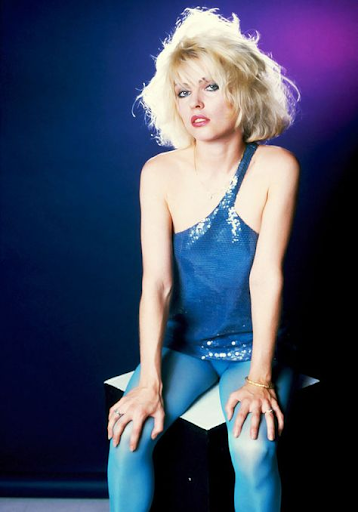
For men, the more classical look included bold haircuts, leather jackets and eyeliner.
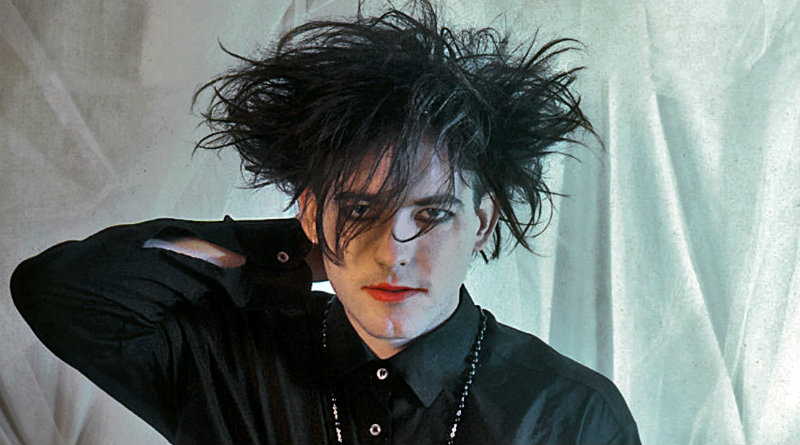
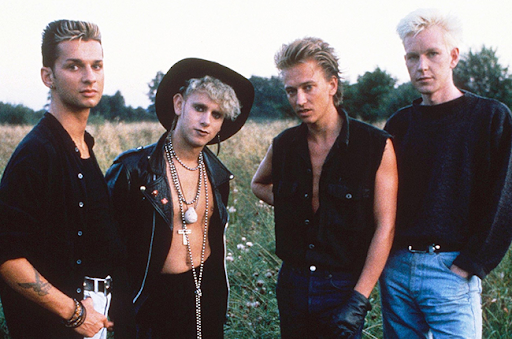
Although, other all-male bands chose to take things a bit further with colorful, layered outfits and flashier makeup:
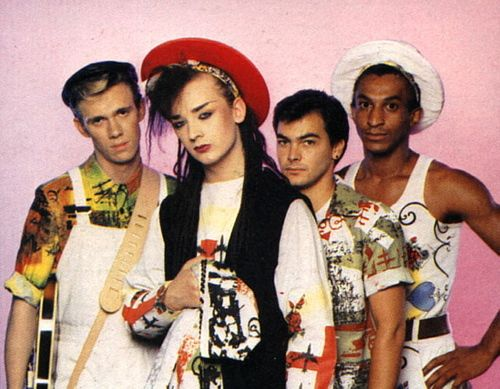
All in all, nothing was off-limits. As with new wave music, new wave fashion was experimental, distinctive and eccentric. With the rise of MTV and music videos, style became an inseparable part of music. The Buggles and their single “Video Killed the Radio Star” was the first music video to be aired on MTV in the US in 1981, and as one of the earlier new wave bands, the bright silver suits, sunglasses and shoulder pads seen in the video set the standard for future new wave artists.
New Wave or Post-Punk?
As I mentioned earlier, new wave is often considered synonymous with post-punk. The problem with the term “post-punk” is that a lot of bands categorized into this genre existed at the same time as punk. For instance, one of the most famous post-punk bands Siouxsie and the Banshees were making music in as early as 1976, at the height of punk. So, it doesn’t really make sense to label them post-punk.
Others hold the view that punk branched out into new wave and post-punk as two distinct genres. The argument is that in the late ‘70s the two terms were interchangeable, but by the turn of the decade the more avant-garde and “edgy” bands diverged into post-punk, and new wave became more synth-driven and pop-oriented. New wave was reduced by British critics in the early ‘80s to synthpop, while post-punk was seen to have a darker and grittier tone that strayed away from pop. Bands like the Smiths and Velvet Underground have a more subdued and mellow sound, with songs like “There Is a Light That Never Goes Out” and “Heroin”, respectively. Although, it is important to note that despite this divergence, there is still significant overlap between the two genres; there isn’t a clear-cut line dividing new wave and post-punk.
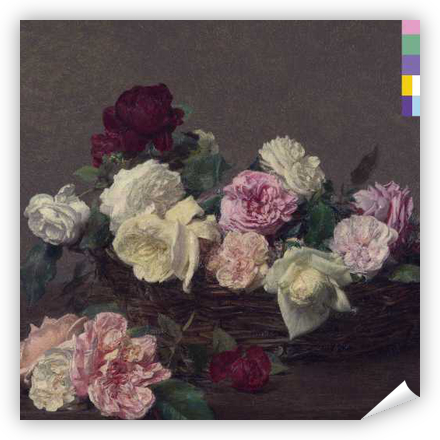
Let’s take the album Power Corruption and Lies by New Order as an example. It was released in 1983, so it fits the time period for both new wave and post-punk. The first track, “Age of Consent”, has the bubbly and animated dance beat characteristic of new wave. The next track entitled “We All Stand” is synth-heavy, but at the same time carries the hard-edged, slower-paced gravity of post-punk. The rest of the songs on the album are also a mix of this playful yet rough sound, so it’s hard to determine whether the album is strictly new wave or post-punk. It has elements of both, and that’s why I contend that instead of distinguishing between new wave and post-punk, or even considering them one and the same, we should get rid of the term post-punk altogether. Rather, we should agree that all of these bands despite their differences subscribe to the essence of new wave and new wave only: taking rock music to the next level.
Top 5 New Wave Artists
Now that we’ve established what new wave is, it’s time to take a look at specific new wave artists. Here are my top five bands excluding New Order, which ought to be on the list but isn’t in order to avoid repetition:
5. Culture Club
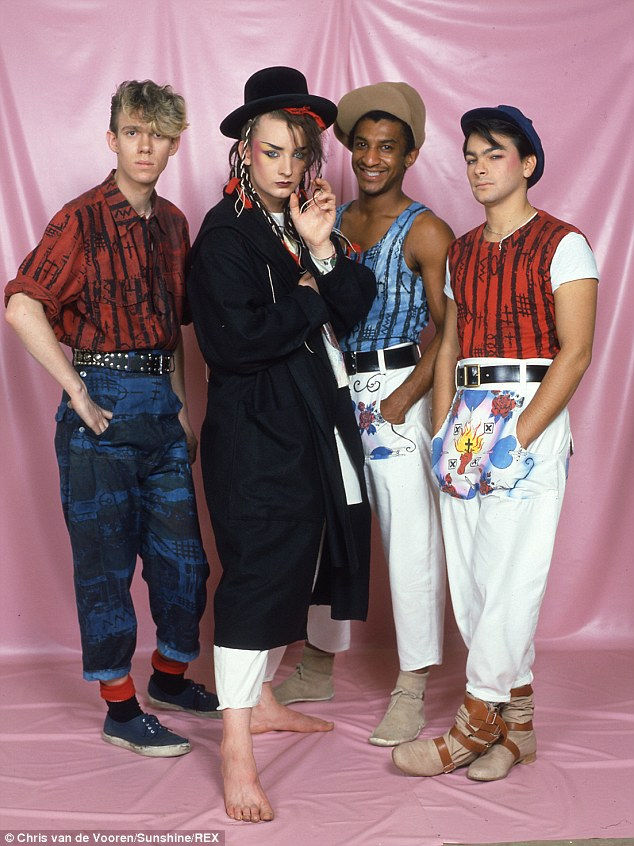
Formed in 1981 and led by English singer Boy George, Culture Club had a lasting influence on ‘80s music. Boy George’s androgynous voice and looks as well as the band’s outlandish style garnered a lot of attention, with hits like their debut song “Do You Really Want to Hurt Me” and “Church of the Poison Mind”. The former is a slow jam with a hint of reggae, while the latter draws you in with a booming harmonica solo, building up to a soul-inspired chorus. They didn’t see much critical success after their 1983 album Colour by Numbers, but said album gave us a gem: their most famous song, “Karma Chameleon”. It packs an easygoing dance beat with lyrics that will get stuck in your head for days, but in a good way.
4. Depeche Mode
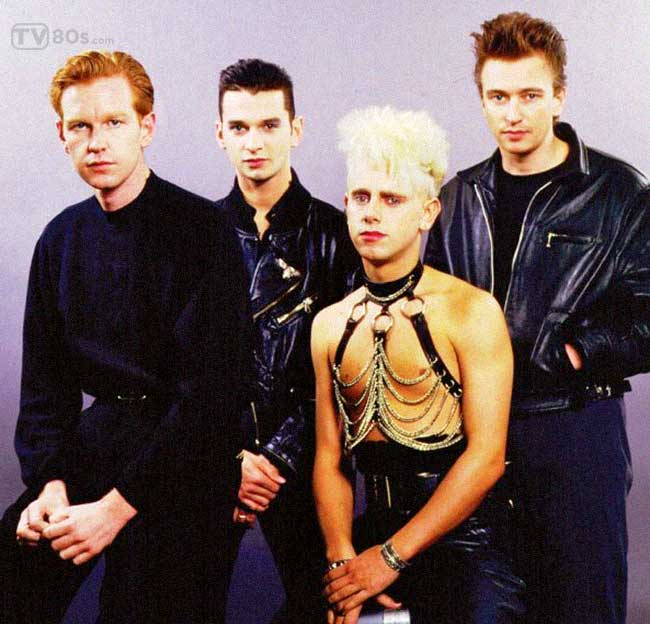
Another English band formed in 1980, Depeche Mode’s music has been self-described as “soul music played by electronic instruments”. In their early days they were seen as a teen band; however, soon they adopted a more serious tone with the song “People are People”, which defined their sound and led to their critical success with its dancy electronic beat. Other hits include “I Feel You”, which has a perfect combination of traditional rock and synths, and “Enjoy the Silence”, which has a simple yet refined melody accompanying lyrics with dark undertones.
3. The Cure
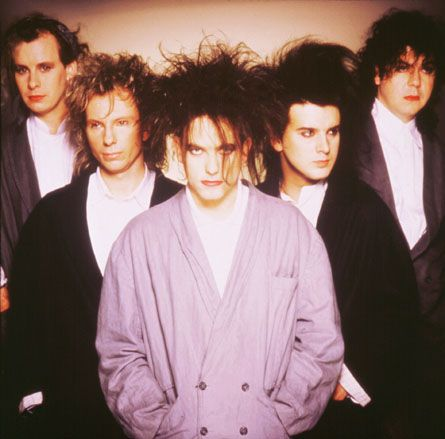
In contrast to Depeche Mode’s mostly electronic sound, This 1976-formed English band is more rock-oriented. The Cure rose to fame as a gothic rock band even though they have rejected this label and to me, their sound is anything but gothic (their look, on the other hand…). Layers of guitars and a hint of synths on top of a strong foundation of bass is their signature style, which can be seen in songs like the bright and dancy “Just Like Heaven”, and the more mellow “Lovesong”. Their magnum opus is “Friday I’m in Love”, which has been described by its writer as “a very naive, happy type of pop song”.
2. Talking Heads
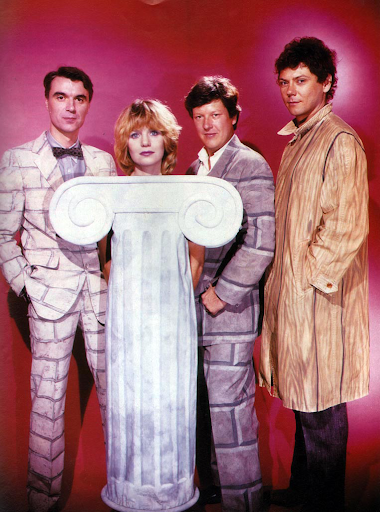
The only American band on the list, Talking Heads was formed in 1975 and were one of the most critically acclaimed bands of the ‘80s. Their debut album, Talking Heads ‘77, lacks the synths characteristic of new wave, but it has the new wave attitude of making rock more danceable, especially with the bass-heavy song “Psycho Killer” and the funky “Who Is It?”. Their later work, such as the 1983 album Speaking in Tongues, is undoubtedly new wave. The album opener “Burning Down the House” is synths galore supported by a lively guitar riff, and it carries a tinge of funk that makes this piece a new wave tour de force. From the same album, “This Must Be the Place (Naive Melody)” departs from their standard sound with a simple and repeated bass and guitar line, thus packing the experimental punch that pushes new wave to newer boundaries.
1. The Psychedelic Furs
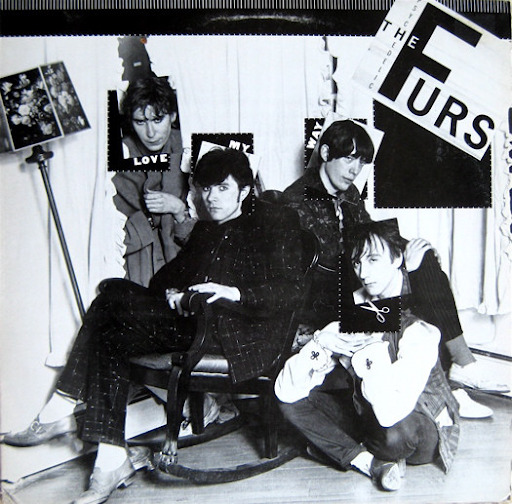
For me, the perfect new wave sound is produced by this English band formed in 1977. Like Talking Heads, the Psychedelic Furs’ earlier music is less synth-y and more rock-y with songs such as “Pretty in Pink”, a perfect mixture of rock, pop and punk. Their 1982 album Forever Now dives into a dark synth sound; “Sleep Comes Down” has an aptly named lilting beat, and “Danger” is a passionate and bustling anthem that experiments with wind instruments. However, most importantly, the album includes their critically acclaimed single “Love My Way”, which I believe is the ultimate new wave song. Opening with a bouncy marimba melody backed up by soft synths, the song draws you in with slightly hoarse vocals that later develop into a smooth chorus and gives way to a bridge where the synths crescendo into a blaring howl. It’s a song that is haunting, mesmerizing and stunning: the kind that stays with you for a while.
Honorable mentions: Tears for Fears, The Smiths, Siouxsie and the Banshees, and Duran Duran
New Wave of New Wave
The popularity of new wave declined at the turn of the decade with the emergence of genres like metal, grunge and hip hop. Although, it has had a comeback since then, which is referred to as post-punk revival, but by now you know of my dislike of the term so we’ll call it new-wave revival.
In the early 2000s, local music scenes saw the commercial breakthrough of the Bravery, the Yeah Yeah Yeahs, and the Strokes, all bands that drew from new wave. The revival provided a retro sound and a slight experimental rebelliousness paying homage to the greatest the ‘80s had to offer. Bands like Interpol, Franz Ferdinand and the Libertines were influenced by a more rock-oriented style, while the Killers and LCD Soundsystem were rich in synths. Most of these bands are inactive today, which goes to show that the revival was short-lived. This doesn’t mean it wasn’t impactful; “Mr. Brightside” by the Killers has been on the UK Top 100 charts since its release 15 years ago.
Some personal revival favorites include:
- “An Honest Mistake” by the Bravery — a perfect blend of rock and synths reminiscent of New Order
- “Sacrilege” by the Yeah Yeah Yeahs — heavy bass and drum beats leading into a gospel choir that is pushed to the foreground at the climax of the song
- “Read My Mind” by the Killers — starts with a small synth melody, slowly building up to a steady, mid-paced beat and prominent guitars
The Legacy of New Wave
Aside from being one of the definitive genres of ‘80s music, the greatest feat of new wave was introducing the synthesizer into the mainstream. We can still see the impacts of this today; much of contemporary pop and hip hop music is heavily synthesized.
Like I said, with recent growing interest in elements of ‘80s culture, it is only fair that we take a look at the greatest genre of the decade. New wave is exciting, experimental, and ever-changing; it would be a shame not to revisit it every once in a while. Right now it might be swept under the rug, but I say it is only on temporary hiatus, perhaps awaiting a renaissance in a couple years’ time.
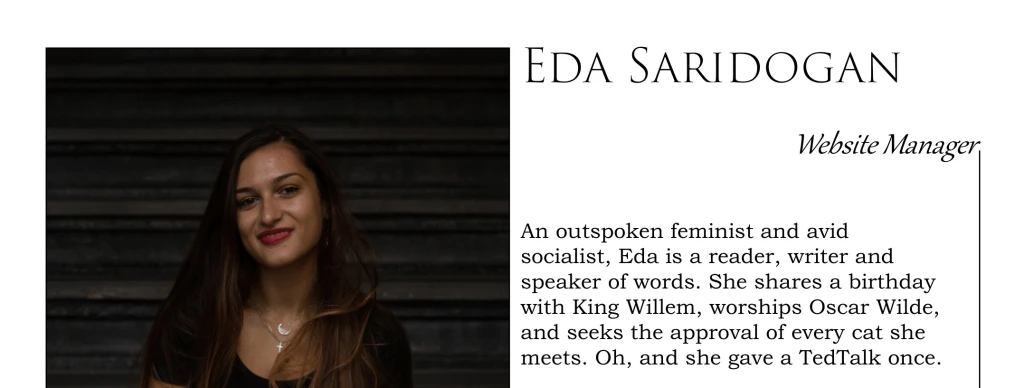
[(1)] Theo Cateforis, Are We Not New Wave?: Modern Pop at the Turn of the 1980s (2014)
[(2)] Simon Reynolds, Rip It Up and Start Again: Postpunk 1978–1984 (2005)

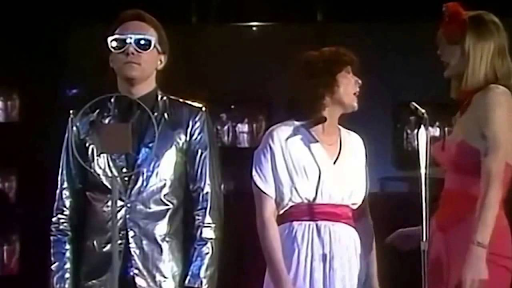
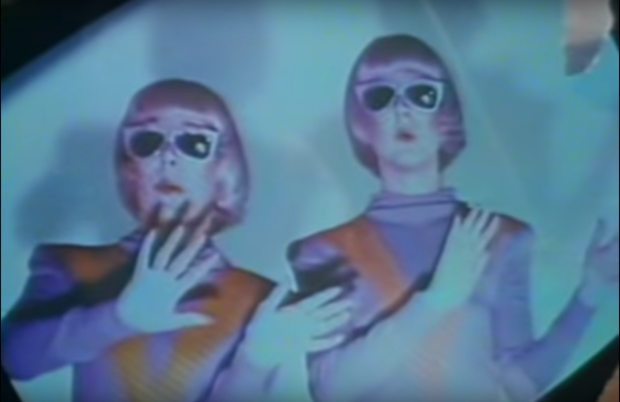
Reguarding the music and fashion, don’t forget that some New Wave artist takes a look back at the 50s and 60s too…
For example, The B-52’s were also New Wave too, and their music includes references to the 50s and 60s, to what a critic once call “a skewed fusion of pop, surf, avant-garde, amateurish punk, and white funk.”, and as for the Fashion, some New Wave artist also take a look back at fashion of the 50s and 60s, such as when the B-52’s again, dress up like they are in the 60s by wearing beehive wigs and vintage clothing.